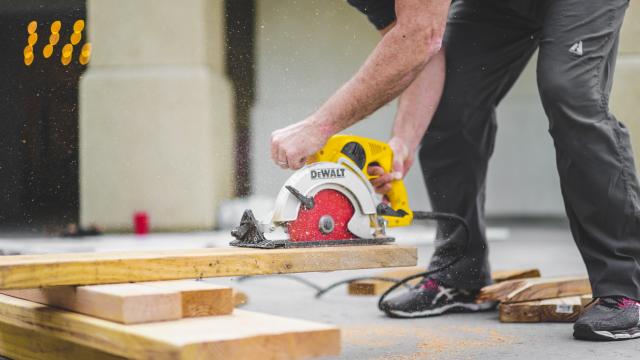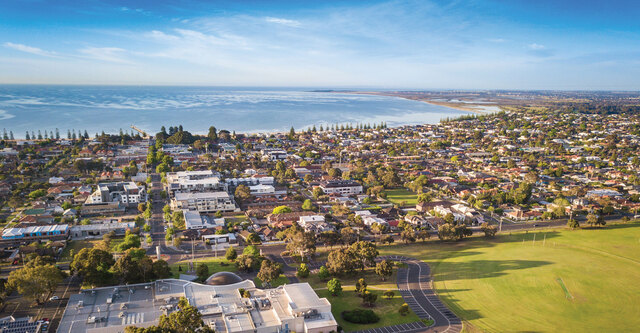Nissan’s Altima – bigger than the Pulsar, not quite as big as the now-departed Maxima (and good riddance) – has been a big seller in the US for years and, now that it’s being made in Thailand and subject to a free-trade agreement (that is, no tariffs), it has finally made it here.
It has many attractions. There’s plenty of room inside despite reasonably compact packaging, it’s well equipped, well priced and nicely made. But it’s still, essentially, an American car. The suspension rides beautifully but the handling is a bit sluggish and roly-poly.
The steering lacks feel and you sometimes find yourself winding on a fraction too much lock, or not enough.
Thus it’s a car built for freeways rather than interesting two-lane blacktops. And it gets a foot-operated park brake. Americans love ’em, and they’re the only ones.
Everything could be fixed with a bit of local tweaking, but I fear bright automotive engineers are becoming thin on the ground in Australia. I guess they’re all moving to where the car factories are.
So the Altima drives more like a Toyota, maybe even a Lexus, than a Nissan and while those who are into the act of driving will despair of this, the people who are into getting from A to B as comfortably and uneventfully as possible will find it
entirely acceptable.
Do note that only the top-model TiS ($49,177) gets the 183-kilowatt V6 engine. All others get the 2.5-litre four-cylinder and it definitely has its hands full. It accelerates quite briskly but it needs a lot of pedal to do it. Part of this is down to the continuously variable transmission that is unashamedly calibrated for fuel economy. Even so, city economy is nothing special.
The Altima is fitted out nicely with good audio and plenty of features to make driving less challenging. Nissan makes much of its “zero-gravity” front seats that it claims were developed using NASA research, but they seem unremarkable to me. Sure they’re
still comfortable after a few hours but lots of car seats manage that. They are, however, miles better than the seats in the old Maxima.
So this is not a car for drivers, it’s for those who are into no-risk, comfortable, ultra-bland motoring. People who prefer being there to getting there. And, as Toyota has found, there are lots of such people.
reasdown@theweeklyreview.com.au






